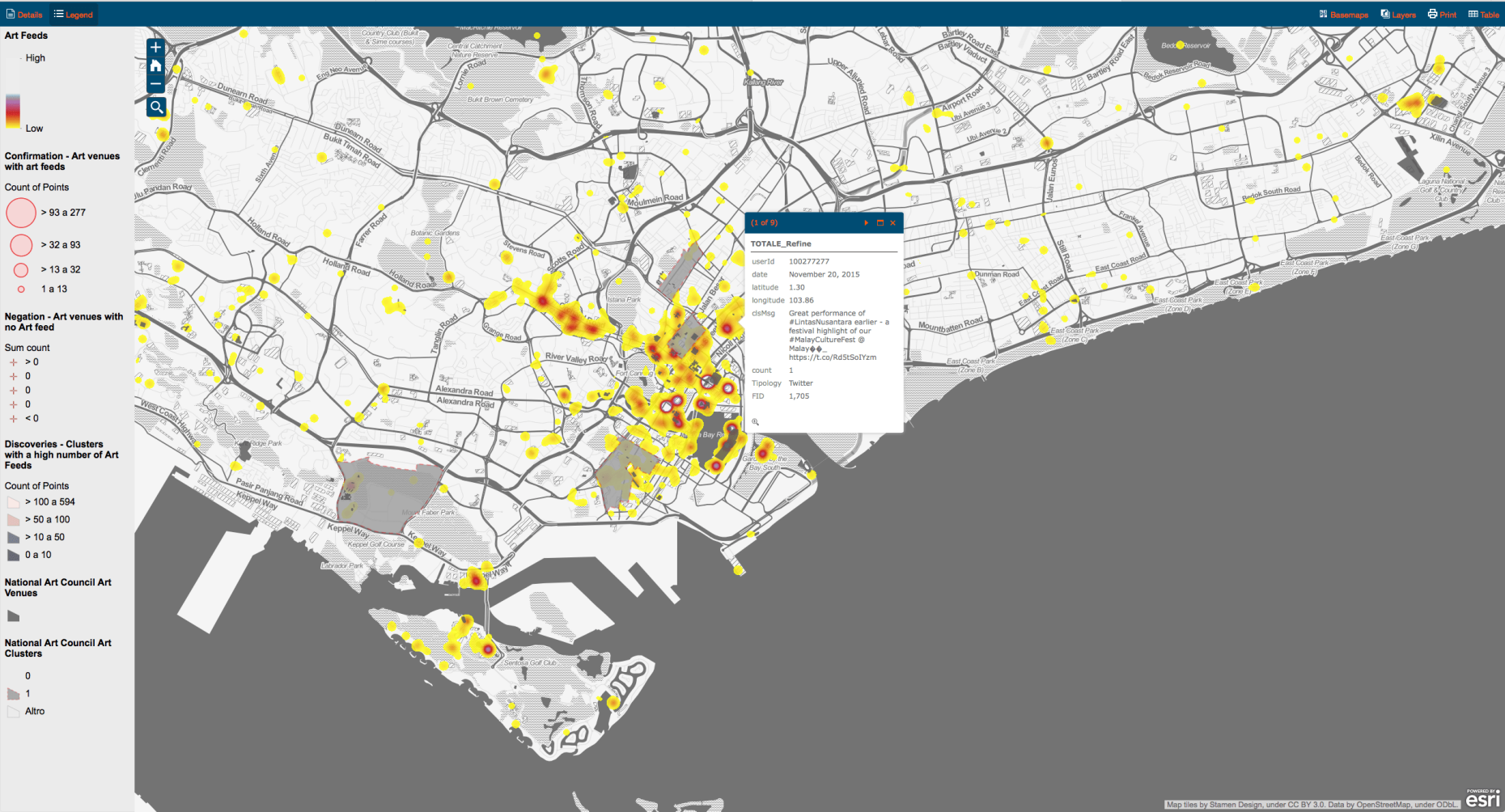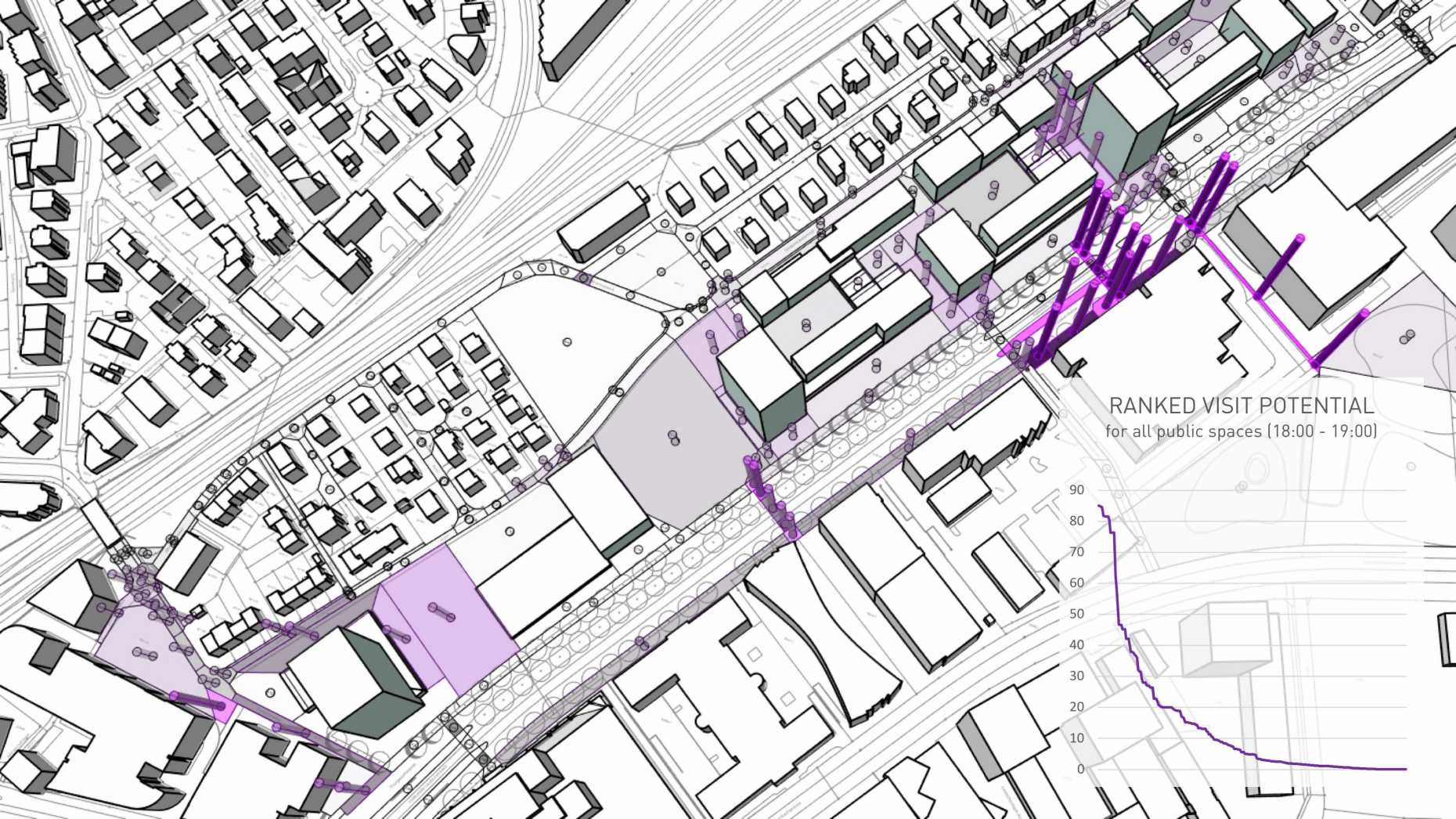Evidence-Informed Urban Design and Planning

The aim of the Evidence-informed Urban Design and Planning Processes workstream is to support designers in making urban public spaces that are well used and appreciated: informed by people, and responsive to a diverse range of users, needs and activities. To achieve this goal, the workstream develops methods and tools based on user evidence obtained from various data sources and derived from results of other workstreams.
A core task is bringing together multi-modal data collection (big and small data, qualitative and quantitative) and theoretical evaluation models. While the first method is used to understand how real people use and appreciate real spaces, the latter approach aims to assess particular qualities of public spaces to interpret usage and appreciation data at a more general, abstracted level. In turn, the models, insights and evidence are integrated into design support tools and platforms to help urban planners and designers make informed choices during their design process.
Examples of ongoing projects are the development of a theoretical model to estimate the public space liveliness of design proposals, a methodology to gauge the impact of cultural planning initiatives using social media data, and the use of leisure run data to determine the ‘runability’ of streets and networks in Singapore.
